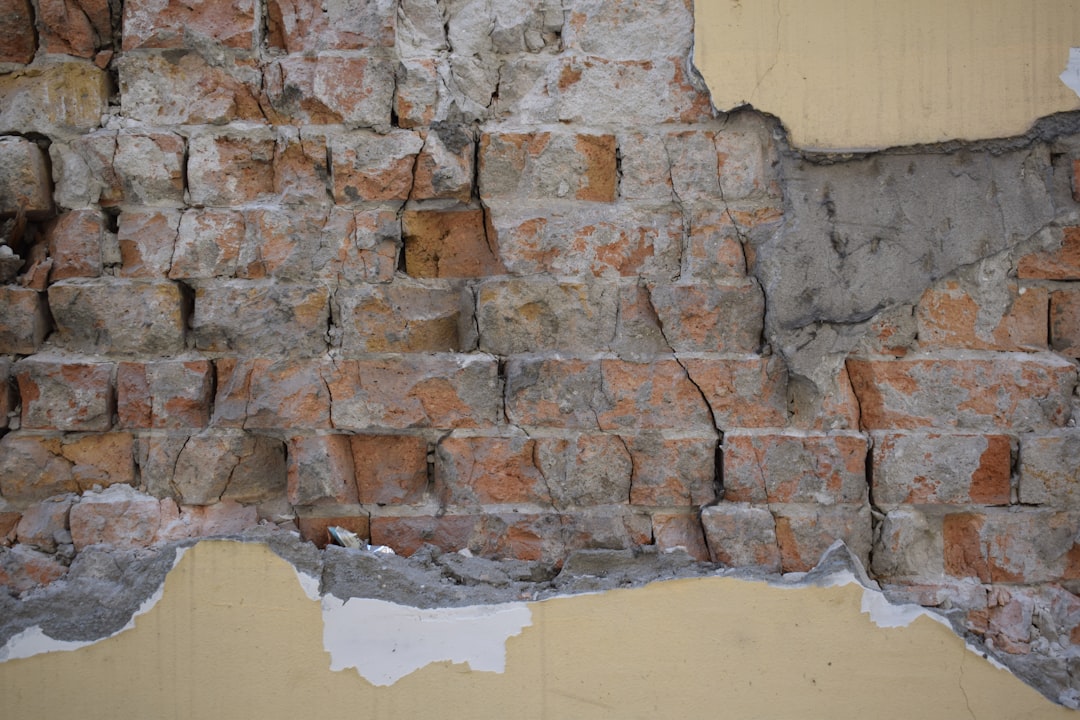
Brick edging is a popular choice for framing flowerbeds, walkways, and patios, offering a timeless aesthetic. However, construction professionals often encounter unexpected costs that exceed initial estimates. This guide provides insights into planning accurately, avoiding hidden expenses, and utilizing advanced estimating tools for precision.
In 2025, the cost of brick edging has been influenced by factors such as inflation and regional material shortages. Current prices for brick edging range from $3.00 to $6.50 per linear foot, depending on complexity and materials used. Staying updated with real-time data is crucial for accurate budgeting.
Here are the average costs for different brick types in the Birmingham market:
Typically, one linear foot of edging requires 2.25 – 2.5 bricks, resulting in material costs ranging from $1.80 to $5.25 per foot, excluding mortar or base aggregate.
Overall, professional installation costs range from $3.00 to $4.35 per foot for straightforward runs, increasing to $6.50 for intricate designs.
Utilizing advanced estimating tools can help identify these costs early, ensuring accurate budgeting.
Advanced tools allow professionals to conduct voice takeoffs, converting spoken measurements into digital plans and detailed estimates. This ensures up-to-date pricing and eliminates reliance on outdated data.
The Morgan family achieved a 24% cost reduction by selecting a dry-set running bond with locally sourced bricks, demonstrating the effectiveness of strategic planning and material selection.
Accurate cost estimation is essential for successful brick edging projects. By leveraging real-time data and advanced tools, construction professionals can ensure precise budgeting and efficient project execution.

Beyond cost transparency, leveraging expert insights can enhance project outcomes. By integrating design and construction expertise, professionals can optimize both aesthetics and functionality.
By strategically using concrete haunches, the Logan Hills project reduced material costs and environmental impact, showcasing the benefits of smart design choices.
Advanced tools provide crew-ready task lists, ensuring efficient project management and minimizing budget overruns. Real-time tracking and automated invoicing further streamline operations.
For precise cost estimation and project planning, start a free voice takeoff today and experience the benefits of advanced estimating tools.